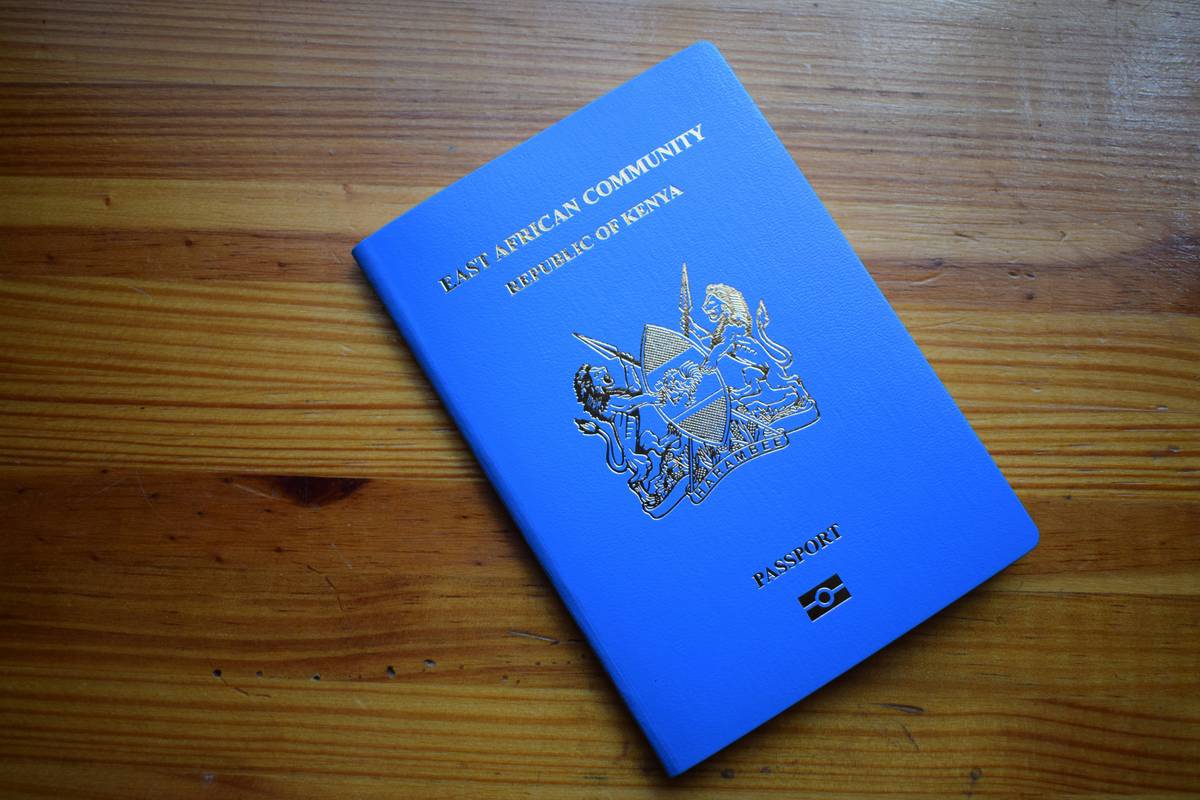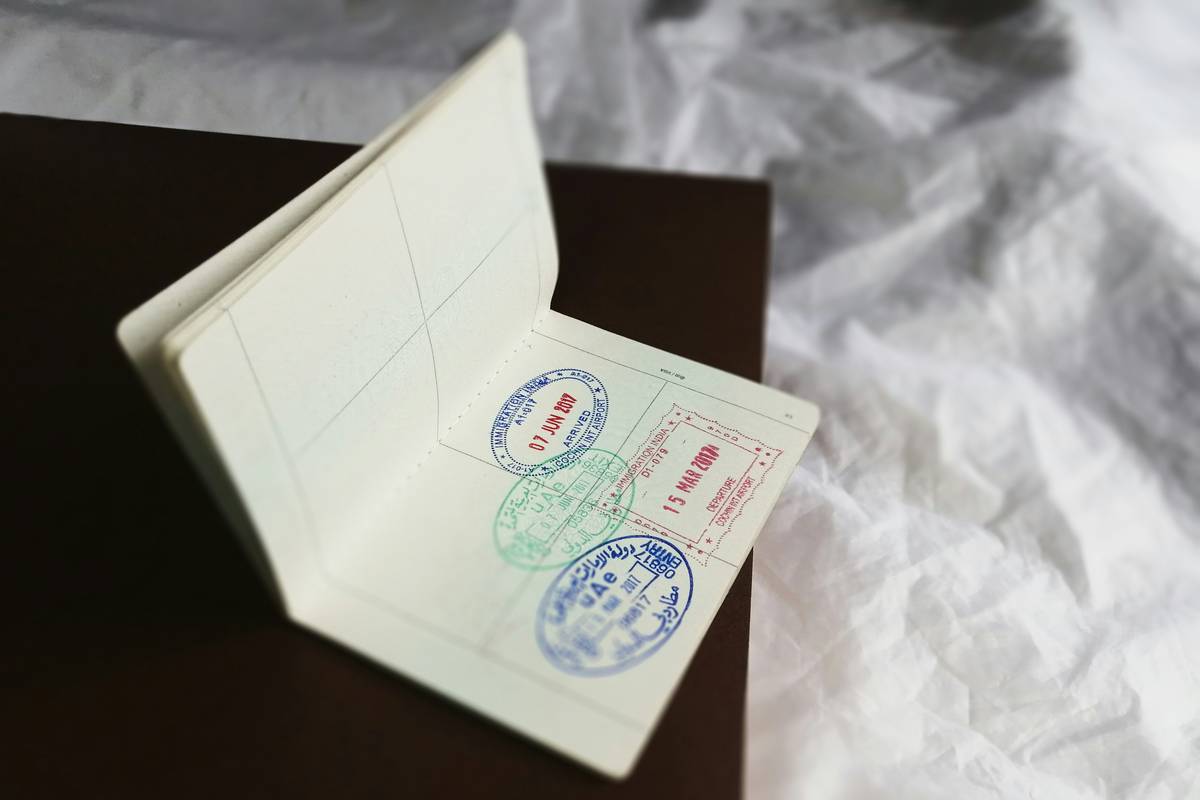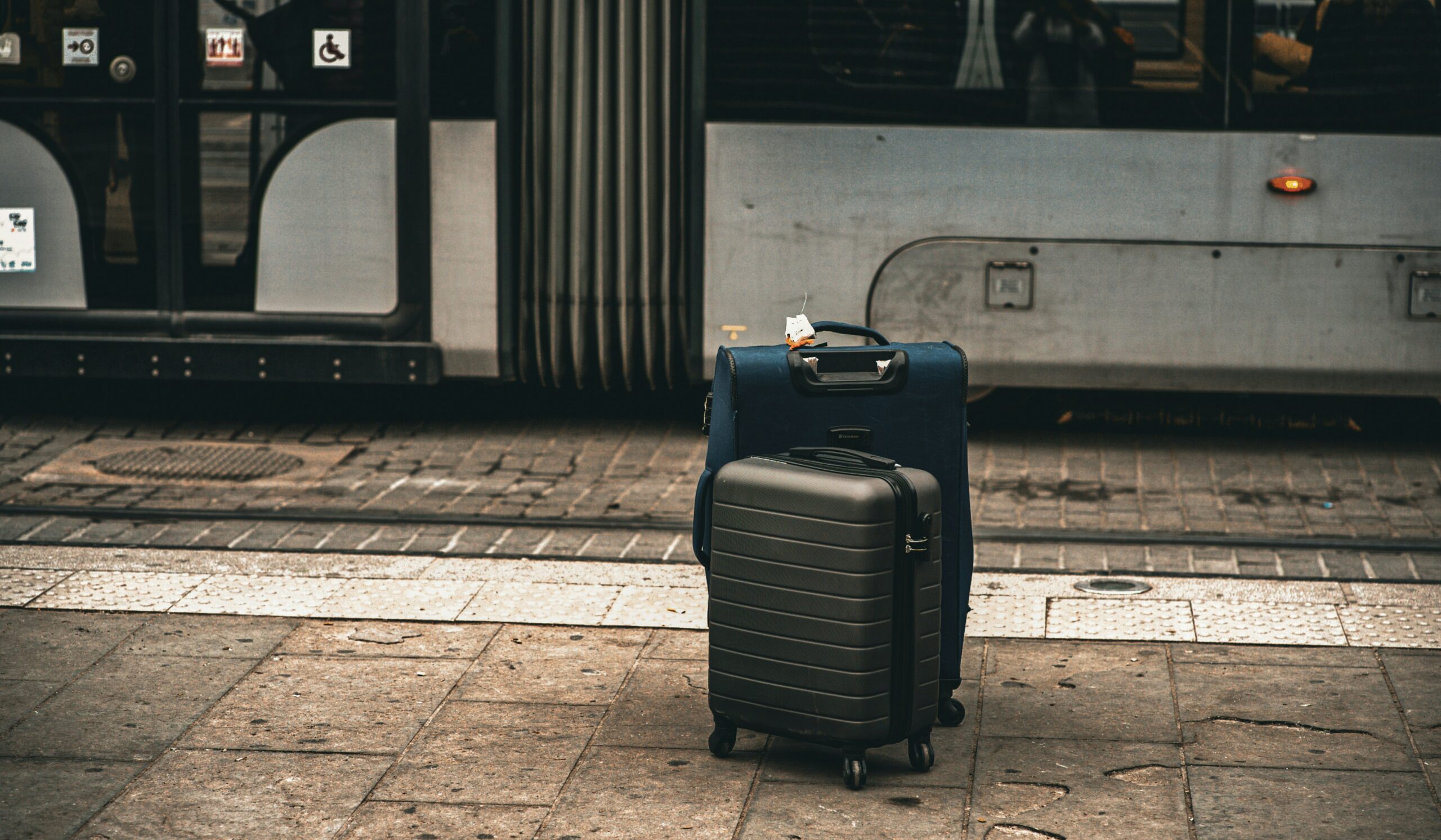“Ever landed from a dream vacation only to find your luggage went rogue? I once spent 48 hours tracking down a suitcase filled with crushed souvenirs and missing chargers—it was chaos. And don’t get me started on the baggage insurance claim process.” Sound familiar?
If you’ve ever struggled with understanding claim requirements, this post is your lifeline. In it, we’ll break down everything you need to know about filing baggage insurance claims effectively—from decoding terms to avoiding rookie mistakes.
You’ll learn:
- The frustrating truth about why claims get denied.
- A step-by-step guide to meeting claim requirements.
- Top tips for staying organized when disaster strikes.
Table of Contents
- Why Do Claims Get Denied?
- Step-by-Step Guide to Meeting Claim Requirements
- Best Practices for Filing Baggage Insurance Claims
- Real-Life Examples of Successful Claims
- Frequently Asked Questions (FAQs)
Key Takeaways
- Failing to meet specific claim requirements can sabotage your chances of reimbursement.
- Paperwork is king—don’t underestimate receipts, photos, and documentation.
- Most insurers require proof within 20 days of loss; procrastination kills claims faster than anything else.
Why Do Claims Get Denied?
Let’s talk dirty secrets: even if you’ve paid for baggage insurance (pat yourself on the back!), most claims fail because people miss critical claim requirements. Why? Because they didn’t read the fine print or blew off small details.
For instance:
- No Proof: Airlines often hand out “lost luggage” reports at airports, but guess what? That alone isn’t enough—you’ll need receipts for those stolen headphones too.
- Late Submissions: Many policies demand claims within 20–30 days. Miss that window, and goodbye refund.
- Non-Covered Items: Cash, jewelry, electronics over $500? Yep, many plans exclude high-value items unless explicitly stated otherwise.

Step-by-Step Guide to Meeting Claim Requirements
Optimist You: “This sounds simple enough!”
Grumpy You: “Ugh, fine—but only if coffee’s involved.”
Here’s your foolproof playbook:
Step 1: Read Your Policy Cover-to-Cover
Sounds basic? Most travelers skip this part entirely. Did you know some insurers cap coverage per item at $200? Knowing upfront saves heartache later.
Step 2: Gather Documentation Immediately
Snap pics of damage. Save all emails from the airline declaring your bag MIA. Keep every receipt while replacing essentials like toiletries or clothes. If it ain’t documented, it didn’t happen.
Step 3: File Within the Timeframe
Don’t wait until after your beach tan fades to file. Aim for submission within 7 days (or whatever timeline your policy states). Procrastinate longer, and they may deny your claim outright.
Step 4: Submit All Required Forms
Yes, filling out forms feels soul-sucking—but skipping one could kill your entire application. Double-check for errors before hitting send.
Best Practices for Filing Baggage Insurance Claims
Ready for some extra credit? These pro tips make the difference between smooth sailing and sinking fast:
- Be Specific: Instead of writing “my stuff disappeared,” list each lost item with estimated values.
- Track Everything: Use certified mail or email delivery confirmations to prove your submission date.
- Avoid Overstating Value: Inflate prices, and the insurer will sniff out fraud faster than TSA finds contraband snacks.

Real-Life Examples of Successful Claims
Case Study #1: Sally Saves Her Souvenirs
Sally had a disastrous trip home from Hawaii. Her surfboard got trashed, and half her souvenir stash vanished. But thanks to meticulous documentation—photos, receipts, and her airline report—she scored full compensation without sweat.
Case Study #2: Mark Misses His Milestone
Mark waited a whole month before filing his claim. By then, the airline refused liability, and his insurer rejected him due to late submission. Lesson learned: time matters.
Frequently Asked Questions (FAQs)
Q1: What Are Typical Claim Requirements?
Common requirements include:
- Completed claim form
- Proof of purchase/receipts
- Airline property irregularity report (PIR)
- Detailed inventory of lost items
Q2: How Long Does It Take to Process a Claim?
Processing varies by provider but typically takes 2–6 weeks. Faster payouts come from thorough initial submissions.
Q3: Can I Claim Electronics Under Baggage Insurance?
Some providers allow electronics under certain limits, usually capped around $500 per item. Always check exclusions first!
Conclusion
Navigating claim requirements might feel overwhelming, but arming yourself with knowledge makes all the difference. Remember:
- Documentation = Lifeline
- Procrastination = Poison Pill
- Policies Aren’t Scary With Focus
And now, as promised—the ultimate send-off:
Lost bags found late, Claims done right, no delays— Coffee fuels success.

